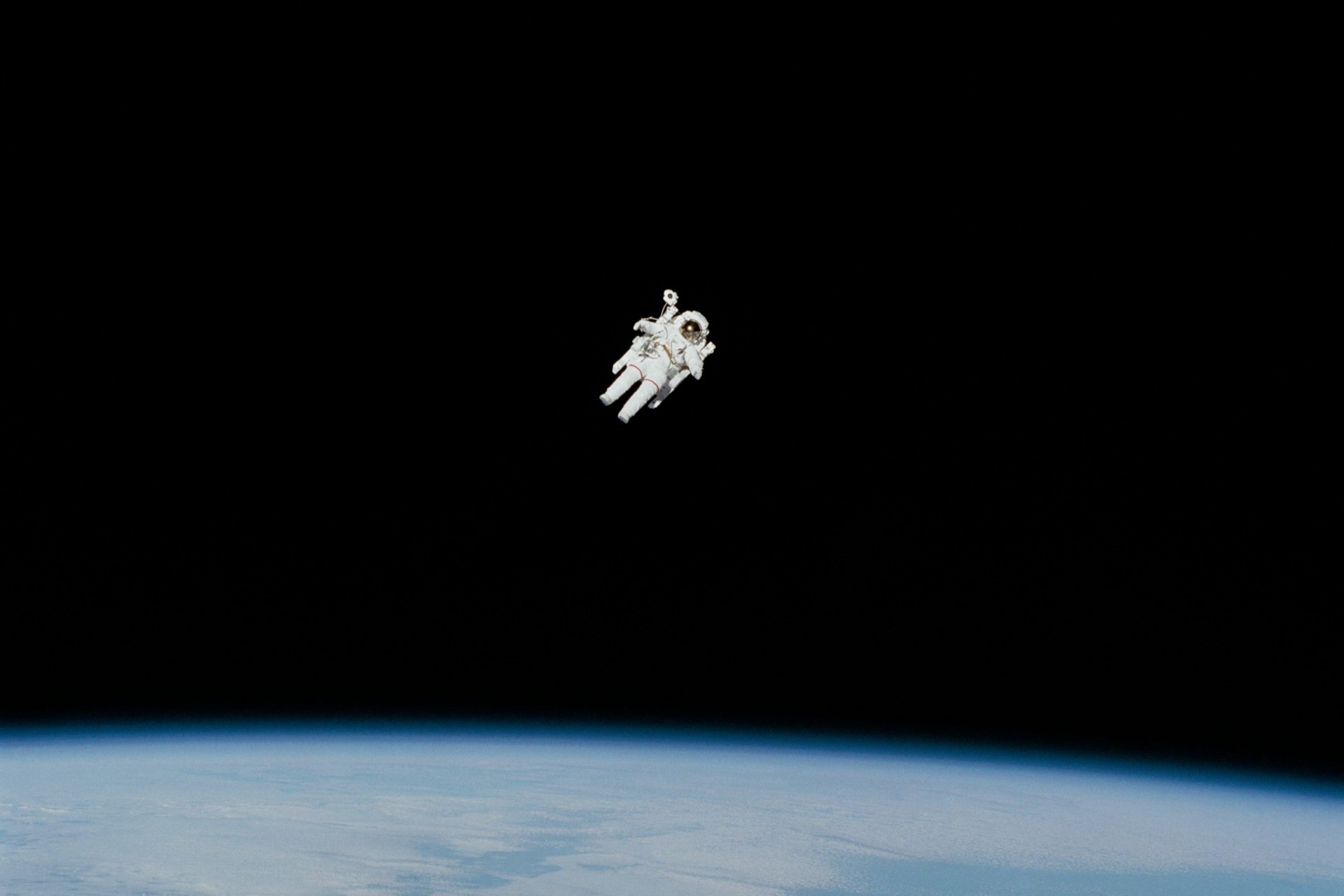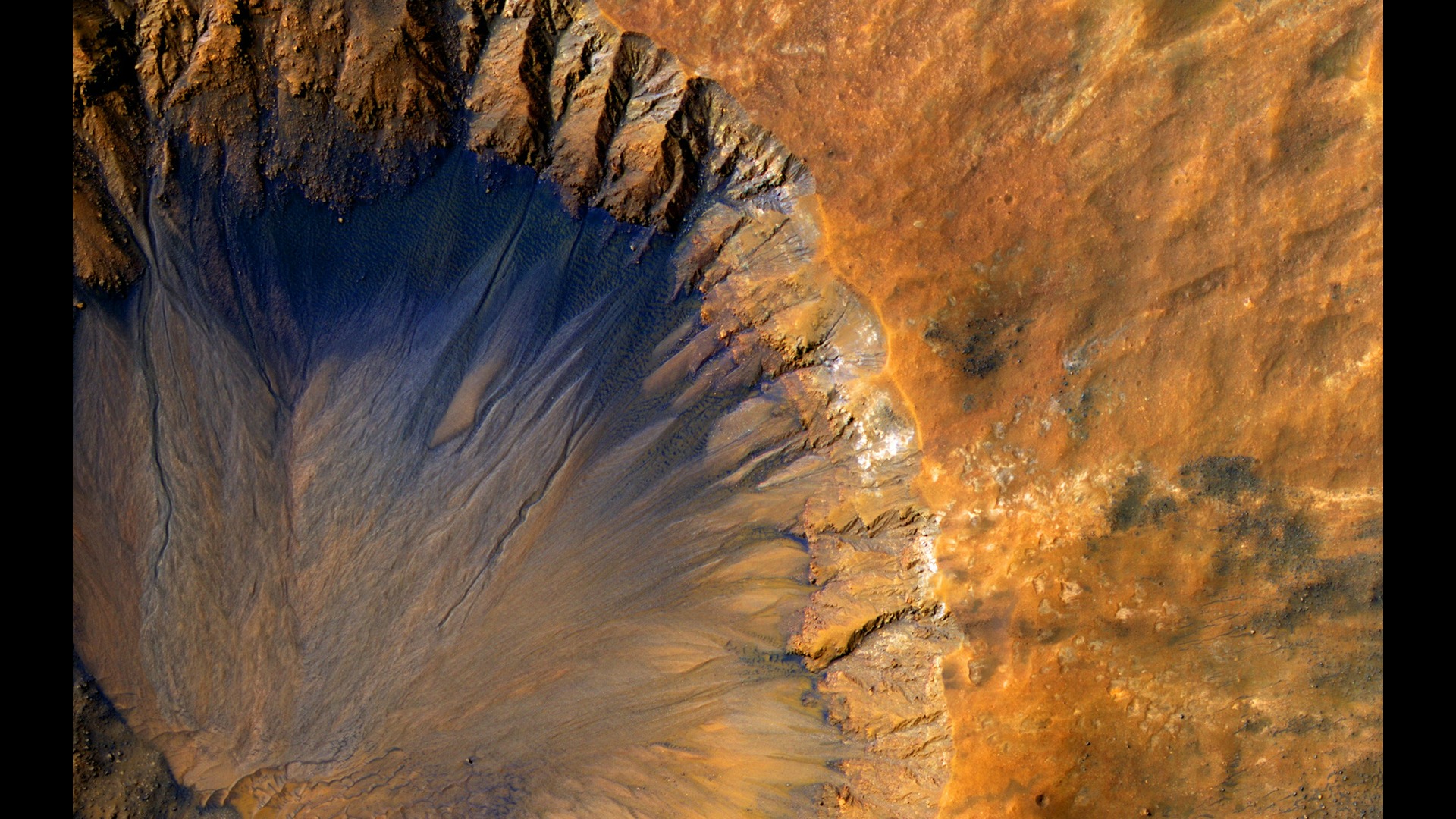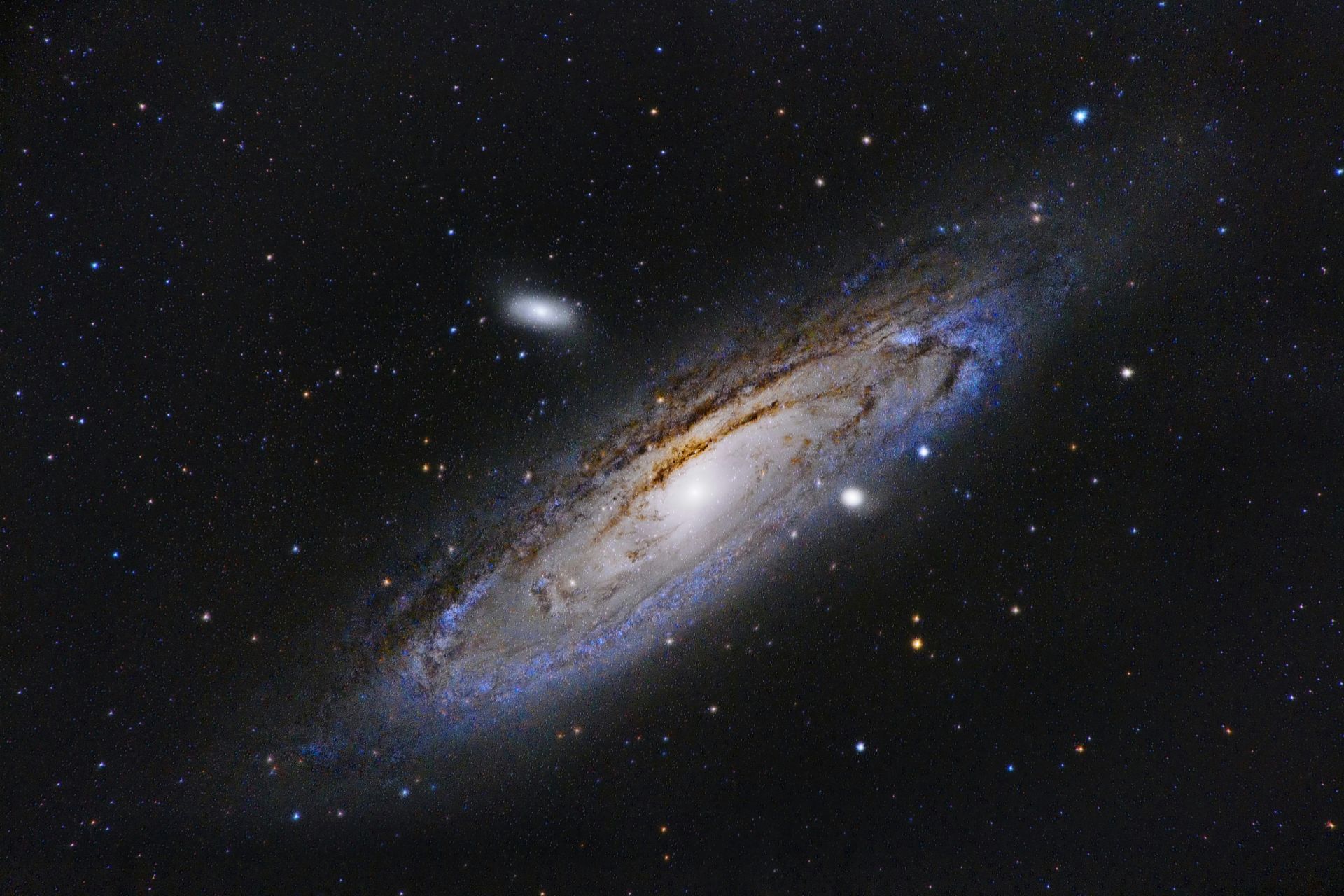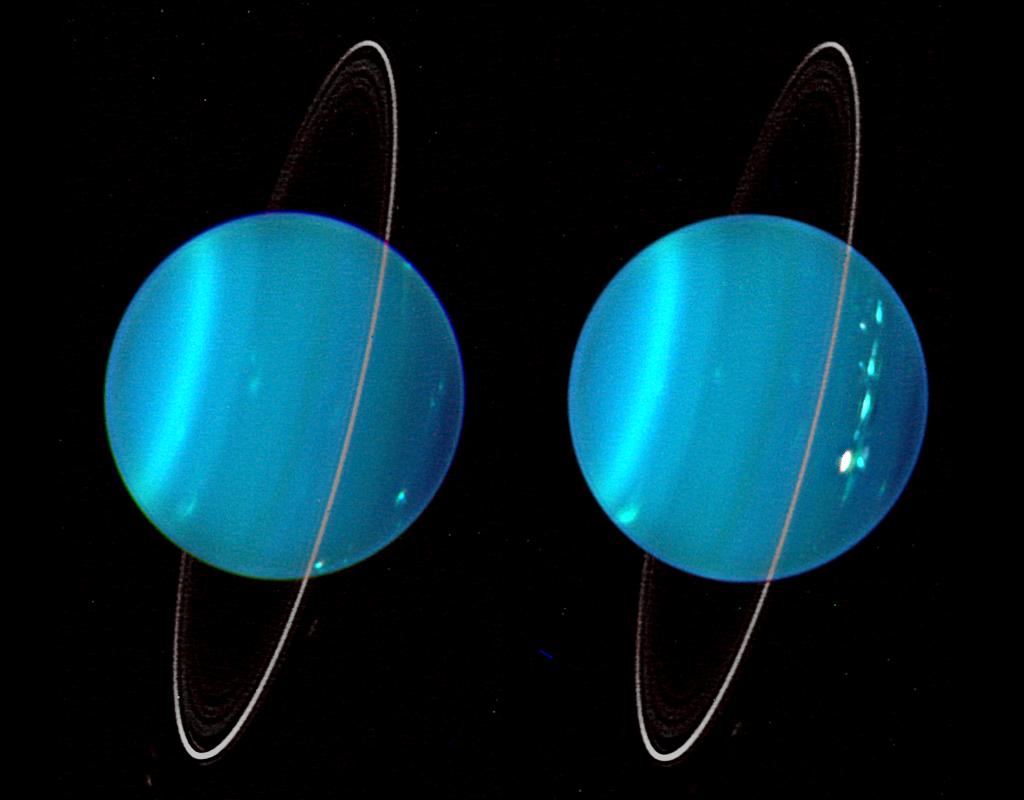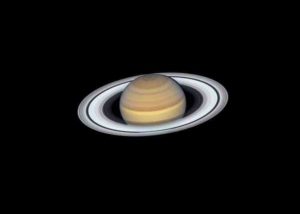
The 13 Most Unique Celestial Objects in the Universe
March 11, 2024 - Emily Newton
Revolutionized is reader-supported. When you buy through links on our site, we may earn an affiliate commission. Learn more here.
The universe is full of incredible celestial objects, from lone planets hurtling through space to colorful explosions from massive stars. As scientists continue to explore the universe using ever more advanced telescopes, they are stumbling on some incredible and quirky discoveries. In fact, some of the unique celestial objects are even changing the way we think of the universe and our place within it. These are the coolest objects in space that we know of — with many more to come.
1. The TRAPPIST-1 System
While over 4000 exoplanets have been identified throughout the universe, the TRAPPIST-1 system is particularly unique. Not only does it have a planet similar in size and density to Earth within its habitable zone — it has seven. These planets are all remarkably similar to one another, as well as Earth, in terms of size. One Earth-like planet is exceptionally rare, so the possibility of seven potentially habitable worlds in a single star system is truly incredible.
Located a relatively short 40 light years away, TRAPPIST-1 itself is a red dwarf star, so it is much smaller and cooler than the Sun. Luckily, its seven planets all have orbits even shorter than that of Mercury. The longest “year” in the TRAPPIST-1 system is less than a month on Earth. TRAPPIST-1e is currently considered the most Earth-like planet in the system but all of the TRAPPIST-1 planets could have liquid water on them, making this system top of the list for interstellar exploration.
2. Rogue Planets
Rogue planets are some of the saddest and most interesting celestial bodies humans have discovered to date. These unique planets orbit no star. They have no solar system or “home” in the universe. Rather, rogue planets hurtle through space completely alone. Scientists believe this is the result of gravitational forces essentially catapulting a planet from its original orbit.
Recently, astronomers discovered a groundbreaking cluster of over 70 rogue planets just within the Milky Way galaxy alone. There could be billions of them scattered around the universe. While it is unlikely that rogue planets could harbor life since they have no star for warmth, it isn’t impossible. A thick ice shell for insulation and geothermal heating from within the planet’s core could potentially allow life to form, although it would look nothing like life as we know it on Earth. For example, this life would exist in complete darkness in the absence of any sun.
3. Hypernovas
Supernovae might be rare but hypernovae are far more so. Originating from stars at least 30 times more massive than the Sun, hypernovae are among the most unique celestial bodies in the entire universe, though they are more a type of celestial event. When these mammoth stars collapse, they create an explosion 10 times greater than a normal supernova.
For a star to generate this kind of explosion at the end of its life cycle, it would have to be spinning at incredibly high velocity and have an extremely powerful magnetic field. The physics of these features amplify the explosion of the star, creating a hypernova. However, scientists also believe the collision of two stars in a binary star system could result in a hypernova, as well. Either way, the result of the hypernova is a tremendous gamma-ray burst and the formation of a new black hole where the star once was.
In 2021, astronomers recorded the first potential hypernova remnants in the Milky Way galaxy. The star that created this hypernova is one of the oldest ever identified, originating from less than one billion years after the Big Bang.
4. The “Double Quasar”
Quasars themselves are a type of extremely bright young galaxy. While astronomers have yet to determine for certain what a quasar is, current theories suggest that these celestial bodies are the nuclei of newly-forming galaxies, potentially highly active black holes. Astronomers believe a quasar phase may even be a common part of a galaxy’s life cycle. All of the potential quasars identified so far exist on the edge of the visible universe, billions of light years away, which indicates that they are shining on average 27 trillion times brighter than our Sun.
Double quasars are one of the rarest celestial objects in the universe, accounting for only one out of every 1000 quasars. These twin quasars are formed by two galaxies merging together. Eventually, the supermassive black holes at the center of the twin galaxies will collide and form an even more massive black hole. Interestingly, this has likely already occured in all of the double quasars observed due to the time it would take for light from the quasars to reach Earth.
5. Exoplanet KOI-5Ab
The second planet ever found by the famed Kepler Space Telescope is also one of the most baffling celestial objects in the universe. The Transiting Exoplanet Survey Satellite (TESS) was recently able to collect data on KOI-5Ab that revealed it is the only planet in a system with not one but three stars.
Believed to be a gas giant similar to Saturn or Jupiter, KOI-5Ab orbits Star A in the KOI-5 system alongsideKOI-5B, which also orbits Star A in a sort of binary system. The gravitational forces of this second star are believed to be responsible for KOI-5Ab’s abnormally skewed orbit. Even stranger, though, is the third star that orbits both Star A and Star B. This star, KOI-5C, takes an estimated 300 Earth years to complete one orbit around the two binary stars. While KOI-5Ab is unlikely to have any solid surface like Earth, a sunset from this world would have three stars. In fact, a day on KOI-5Ab would be highly irregular since it receives sunlight from three different stars.
6. Omega Centauri
Omega Centauri is a massive globular cluster, a cloud of ancient stars all at least 10 billion years old. In fact, Omega Centauri contains almost 10 million stars. It is unique among globular clusters, though, because the ages of these stars do not all match. One of the features of globular clusters are crowds of stars around the same age. Omega Centauri’s stars are members of at least two distinct age camps, though. This suggests that Omega Centauri contains the remnants of another galaxy that may have once merged with it. In fact, astronomers have theorized that Omega Centauri may even be a dwarf galaxy, rather than a globular cluster.
7. The Necklace Nebula
This fascinating nebula earns its place as one of the most unique celestial bodies in the universe due to its strange origins. The “Necklace Nebula”, technically named PN G054.2-03.4, is the result of two binary stars colliding with each other. One of the two stars expanded until it enveloped the second star, but the pair continued spinning around each other at incredibly high velocities. In fact, they orbit one another in just over one Earth day.
The centrifugal force of this rotation caused the gaseous explosion of the larger star to spread out in a massive oval, creating the necklace-like shape the nebula is named for. This ring is an estimated 12 trillion miles across at its longest ends.
8. Tabby’s Star
While the transit method of hunting for exoplanets has turned up many fascinating celestial bodies, one of the most unique so far is a system known as “Tabby’s Star”. This star, KIC 8462852, gets its name from scientist Tabitha Boyajian who studied its strange behavior in 2017. The transit observation method is used to find exoplanets by looking for slight dips in a star’s light, indicating that something, hopefully an exoplanet, passed in front of the star. However, this was not what astronomers observed with Tabby’s Star.
Unlike any other star observed so far, Tabby’s Star displays rapid and extreme dips in light, much more than any exoplanet could cause. To make matters more baffling, the star’s light has been dimming consistently over the last several decades. This behavior led many to suggest that an intelligent civilization was responsible, possibly using a megastructure to draw power from the star. However, scientists have since determined that the most likely cause is irregular, massive clouds of debris orbiting the star.
9. The “IGR J17091-3624” Black Hole
The binary star system IGR J17091-3624 contains the smallest black hole humans have discovered so far. This black hole is a stunning celestial body unlike any other black hole we know of. Estimated to be less than three times the mass of the Sun, this black hole barely makes the cut to qualify as such. Despite its small size, though, it is home to the universe’s fastest known cosmic winds for a stellar-mass category black hole. In fact, the winds generated by IGR J17091-3624’s black hole are comparable to those of average black holes billions of times more massive. This is a binary system with a star orbiting the powerful little black hole, which was identified using the x-ray pulses the black hole emits. It is located in the Milky Way galaxy, about 28,000 light years from Earth.
10. The DF2 Galaxy
The galaxy NGC 1052-DF2, or “DF2” for short, is changing the way astronomers think of galaxies and the universe itself. This perplexing celestial object breaks the rules of cosmic physics as we know them. It contains a mere 1/400th the amount of dark matter scientists expected it to and may not contain any dark matter at all. Prior to DF2, physicists believed that it was impossible for galaxies to form without dark matter.
No galaxy had ever been found before without this invisible matter that is considered the “glue” of the universe. Despite being comparable in size to the Milky Way galaxy, DF2 contains only 1/200th the number of stars. These stars are hypothesized to account for most, if not all, of the galaxy’s mass, further confirming the alarming absence of dark matter. How DF2 formed remains a mystery.
11. GLASS-z13 and Maisie’s Galaxy
You get two for the price of one for these incredible space objects because of the incomparable James Webb Space Telescope. Considering the universe is around 14 billion years old, finding celestial objects that came within half a billion years of the Big Bang is as close to the beginning of time as humans have ever gotten. The JWST has been working overtime, seeing into the earliest, darkest depths of space and time.
In 2022, the James Webb telescope discovered GLASS-z13, dubbest the oldest and most distant galaxy. Birthing 300 million years after the Big Bang with a billion suns, it looks like a blurry red dot in photos. It is a reminder to all astronomers that nothing in an image is unassuming. Experts know deep down GLASS-z13 will be topped. But, they aren’t sure when.
In 2023, Maisie’s Galaxy was discovered, expected to be born 390 million years after the Big Bang. It joins the leagues of GLASS-z13 in some of the oldest known galaxies that the JWST keeps finding. The frequency is extraordinary, and upcoming years may breach the 200 million-year range. The galaxy’s adorable name comes from the discoverer’s daughter. He found Maisie’s Galaxy on her birthday.
12. Z-229-15
Tucked in the constellation Lyra is one of the coolest things in space because it resists categorization. Is it a spiral galaxy, quasar or active galactic nucleus? You are correct if you said all of the above. The universe threw a supermassive black hole in its center for good measure. Z-229-15’s image might seem unassuming compared to other celestial bodies, but closer inspection reveals a lot packed into one place.
Z-229-15 is far enough away from Earth that it’s considered a nearby quasar, which gives it yet another classification. It is also a Seyfert galaxy, which means the active galactic nucleus isn’t bright enough to prevent us from seeing all of the stars that surround it. Discoveries like this continue to push researchers to refine their definitions. After the dethroning of Pluto, muddy categorization is not only confusing for laypeople — but it might be upsetting, too.
13. Hoag’s Object
Astronomers and space enthusiasts have a consistent image in mind when they think of a traditional shape of a galaxy. You probably envision an elliptical or spiral. Sometimes it’s irregular with tons of spots or weird protrusions. Hoag’s Object is like looking at an aerial view of Saturn and putting it on a 2D surface.
This galaxy has a golden nucleus comprised of yellow suns like the Milky Way’s, with rings of stars emanating around it. After it was founded in 1950 by the galaxy’s namesake, it was miscategorized as a nebula because of its stunning and atypical layout.
If you are able to travel 600 million light years away, you could reach Hoag’s Object and its monumental size. The core alone measures 24,000 of its 120,000 light-year breadth. There is over 70,000 light-years of nothingness before hitting the nearest space object that makes its glowing rings.
A Fascinating Universe
These celestial objects are only the tip of the iceberg. The universe is so vast that humans may never finish discovering new phenomena, worlds, and cosmic events. While humanity is still just beginning to explore our small corner of the universe, today’s astronomers continue to give us glimpses into the most distant galaxies, nebulae, supernovae, and more. The more we discover, the more we will learn about the fascinating universe we call home.
Editor’s Note: This article was originally published on January 13, 2022 and was updated on March 11, 2024 to provide readers with more updated information.
Revolutionized is reader-supported. When you buy through links on our site, we may earn an affiliate commission. Learn more here.
Author
Emily Newton
Emily Newton is a technology and industrial journalist and the Editor in Chief of Revolutionized. She manages the sites publishing schedule, SEO optimization and content strategy. Emily enjoys writing and researching articles about how technology is changing every industry. When she isn't working, Emily enjoys playing video games or curling up with a good book.
